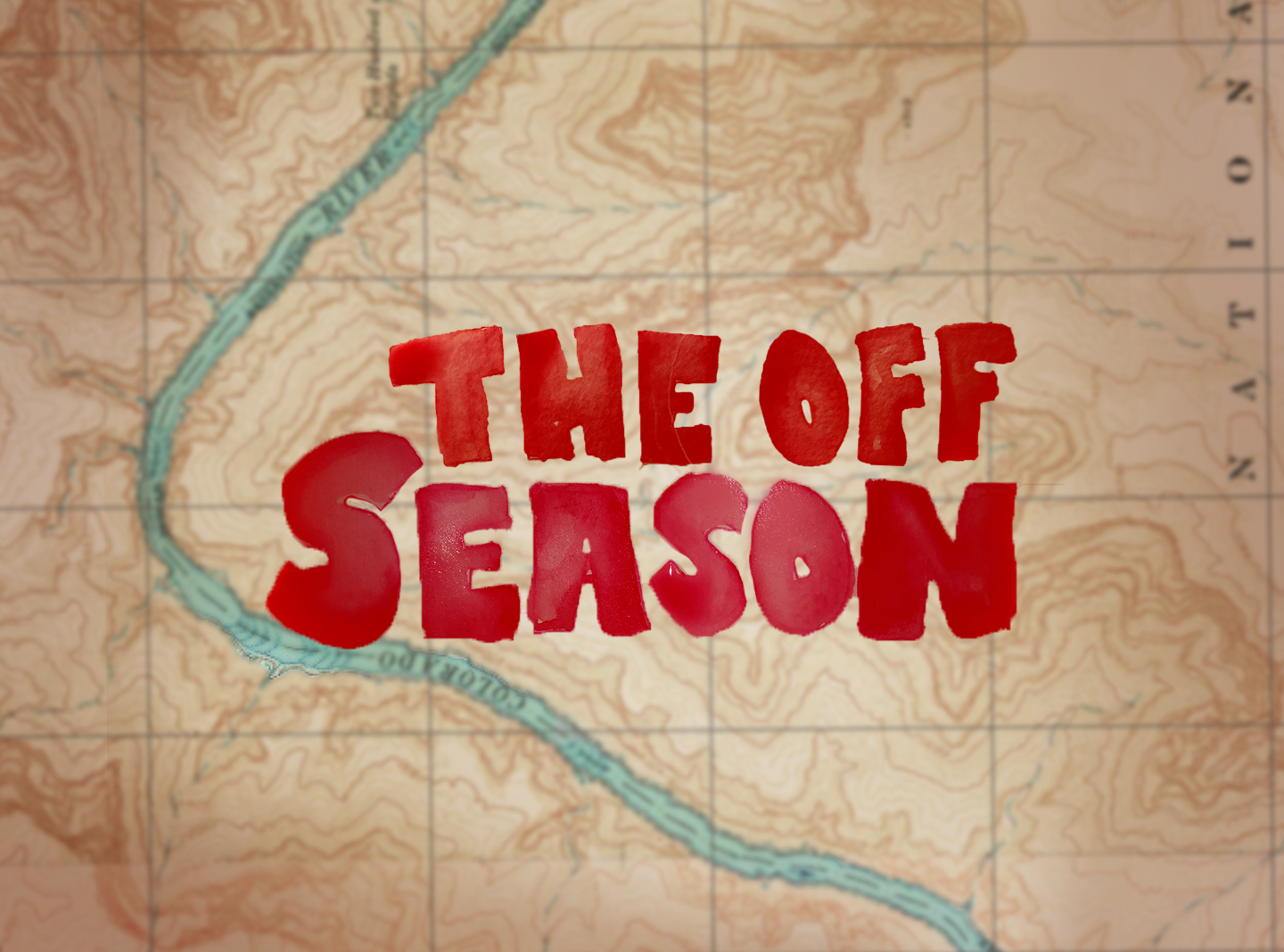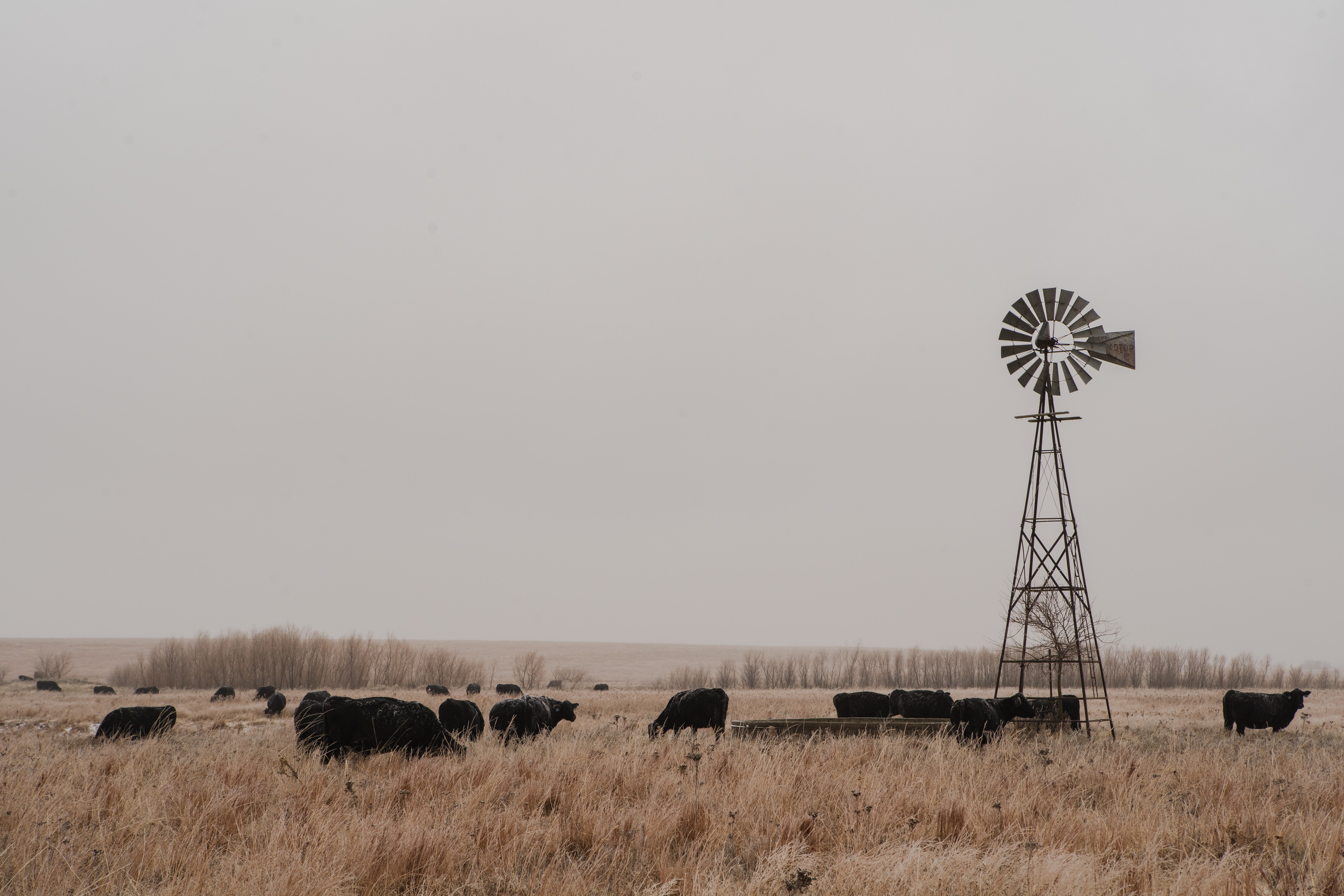
Levy Casey ︎ Moab, Utah
The excitement of changing scenery contrasted with a sense of near-constant nostalgia plagues the transient life of a seasonal river guide. In a brief but gripping glimpse of his own experience, Levy Casey captures the ethos of this lifestyle in the best way he knows how: through rivers.

It was the morning of Christmas and smells of warm gravy over biscuits lofted throughout my parents’ Midwestern home. I could hear my mother in the other room packing torn remnants of wrapping paper into trash bags. A field medic clearing casualties from a living room decimated by her now two fully grown sons. Years ago she had attempted to establish a rule of throwing away scraps of trash as we opened each gift in an effort to reduce carnage, but it never caught on. As my father finished preparing breakfast I snuck away from my adult responsibilities down the hallway to examine my latest gift from ‘Santa’.
Santa came through. It was a lime green NRS splash jacket.
I giggled as I pulled it over my head and began modeling in the mirror for an invisible audience. At thirty years of age, most people would shun the idea of a grown man still receiving Christmas presents from his parents, or giggling for that matter. For me, this gift allows me to enjoy the rivers even in crispy conditions.

I’ve always felt that my passion for rivers began when I was a child. My family would often take road trips passing over old patched bridges scattered across the plains. We’d be traveling high above rivers and I recall pressing my face against the back window of our 96’ station wagon, the glass fogged over by my breath as I made every effort to catch a glimpse of the water below. I’m still as fascinated by rivers as I was back then.
Later that afternoon, eager to test out my new jacket, I coerced my father into going kayaking down the Arkansas River. It’s worth noting that this section of the Arkansas River is not in any way similar to the exhilarating whitewater adventure which can be found in Western Colorado. Although when telling this story among fellow river folk, I strategically forget to mention it.
This section of river is located just a few miles outside of Hutchinson, Kansas and is what some may refer to as a ‘steadily rolling puddle’. Enough water to float on, but not enough to flip. The temperatures this time of year were easily below freezing. As we carried our boats across the muddy sandbar, the icy wind whipped at our exposed faces and fingertips. December was relentless, but not as relentless as my willingness to overlook the conditions to try out my new present.
It’s also worth noting that when I use the word, ‘boats,’ ours were in no way similar to the specialty whitewater kayaks one sees on a normal river. Rather, these were the cheaply constructed kayaks found in most superstores intended for stagnant water and fishing. Not ideal, but still an equal match for the Class I conditions ahead.
I’m often in awe from the contrast of rivers: the delicate differences found not only in landscapes, but in the water itself. It can be heavy, weighted by blended sediment. Like paddling through thick soup with marrow. Other times the water is light, whipped with pure oxygen, each stroke cut smooth. I felt the frozen crunch of ground beneath me and glanced down to see ice forming along the edges of the water. I couldn’t help but reminisce about where I had been standing only three days earlier: on a remote farm wiping sweat from my brow, soaked in humidity, drenched by the neverending heat of the equator, my sanity spared only by an occasional lost breeze.
For two months last fall, I worked as a raft guide in Ciudad Valles - a small city located near the Eastern Gulf region of Mexico. The tropical landscape is covered in dense limestone jungles and is carved out by cascading waterfalls and turquoise rivers. A far cry from dodging sandbars and freezing temperatures in Kansas.
The tropical landscape is covered in dense limestone jungles and is carved out by cascading waterfalls and turquoise rivers. A far cry from dodging sandbars and freezing temperatures in Kansas. It was during my first trip to the river in Mexico that I learned an important lesson in embracing the ‘anything goes’ mentality south of the border. Upon arriving at the put-in, I was told that I would be expected to guide the raft instead of simply riding-along as an introductory form of training. After several attempts to pass on the offer, I accepted the challenge. I must admit that I don’t speak any Spanish. This poses quite a problem when attempting to direct a group of non English speakers through intense rapids. I pulled up my Google translate and frantically scribbled the Spanish words for “left” and “right” onto each of my hands with a magic marker. In all of my excitement of traveling abroad it never once occurred to me to learn the native language.
My international crew of six consisted of four Mexicans and two Brazilians - only one of which spoke English. His name was Jesús, and with long wavy locks of hair flowing from his helmet, he looked the part.
Jesús spoke to me and said, “This river is known as the Río Tampaón. Her waters are as dangerous and sweet as the mezcal from Oaxaca.”
His silky Latin accent seduced me with each syllable. He explained that the river’s namesake comes from the ancient Huasteca language and roughly translates to, ‘Split in the mountain’. As we drifted along I pointed to the water and asked why it was brown and not the picturesque turquoise which had originally captured my attention when browsing Instagram. Everyone on the boat looked at each other in an unspoken language. Jesus turned to me and said, “Turquoise water is only for Mexicans, not Gringos.”

The crew erupted in laughter. If you’re not familiar with the word Gringo I can only explain it as both a term of endearment and frustration used to describe all white people. I would later learn that the heavy rains and soil had stained the river brown. For only a few months each season would the river reveal its true color.
We made our way downstream and quickly approached the first rapid. A friendly section of whitecaps aptly named, “Buenos Días”. This was followed by two more rapids with clever names such as “This is Not It” and “This is It”. Further down we encountered the class IV “Russian Roulette” and the Class III’s “Mouse Trap” and “Jam Session”. To my surprise, the entire trip went without incident. I had successfully guided my first international river.
Not every trip went quite as smoothly. As the water levels fluctuated throughout the season, the technicality and demanding precision of the river humbled me. In the following weeks, I would flip my boat four times. Once while guiding a group of elderly cactus collectors from Germany. During the incident, I recall pulling one of the men back into the boat with his European Speedo in full show. His geriatric cheeks flapping in my face. An image forever seared into my mind.
Upon discussing my frustrations with the other guides, I began to learn that the Río Tampaón is infamous for eating Gringos. That her challenging eddys and drops were often underestimated by the best American guides. I was comforted by the solidarity of shared failure. The same comfort I would find later on the gentle waters in Kansas with my fellow Gringo, my father.
I snapped back to the present and there we were slowly drifting together down the steady Arkansas River. Light flakes of snow dusted across the water. A tingling numbness at the end of our toes and we gently dipped our paddles back and forth. My upper body was sealed warmly inside of the splash jacket. In a few months I’d be headed back West to Moab, Utah.
Back to the stained crimson waters of the Colorado River I’ve come to know so well. Endless canyons carved out by history, shaped like figures and named by our imaginations. A transient collection of children inspired by nature to giggle in awe. My home of constant adventure. Sleeping out of cars, dancing in the desert and telling stories about the off-season.
Published May 8th, 2020
